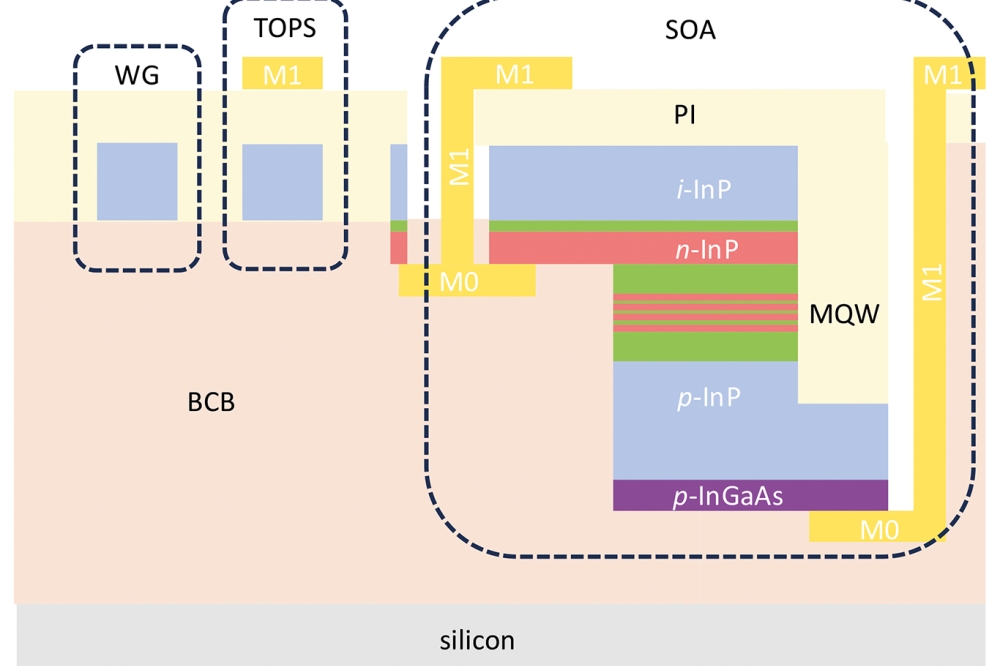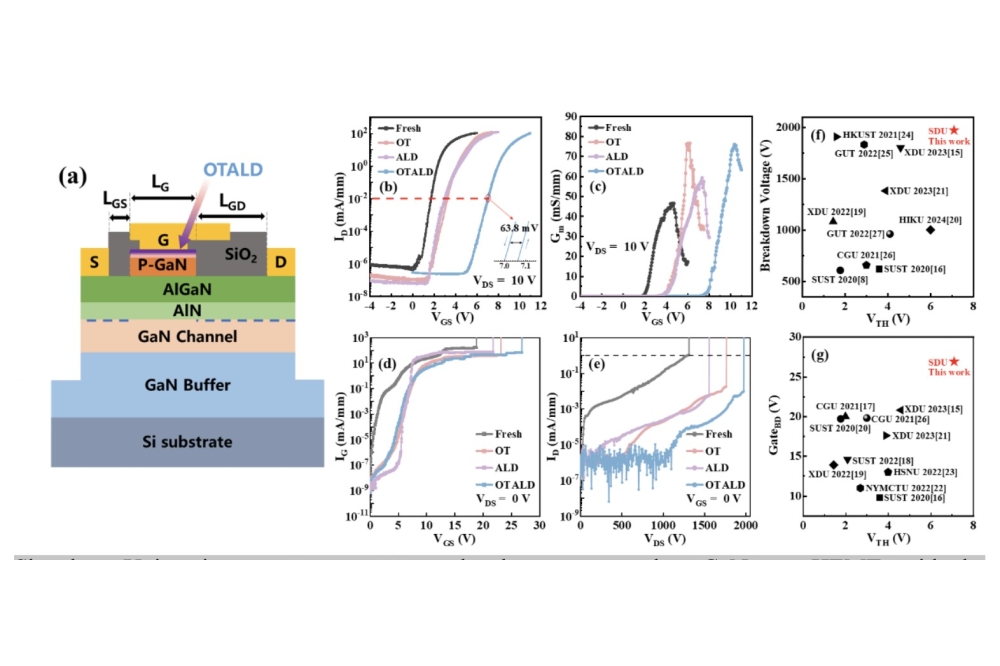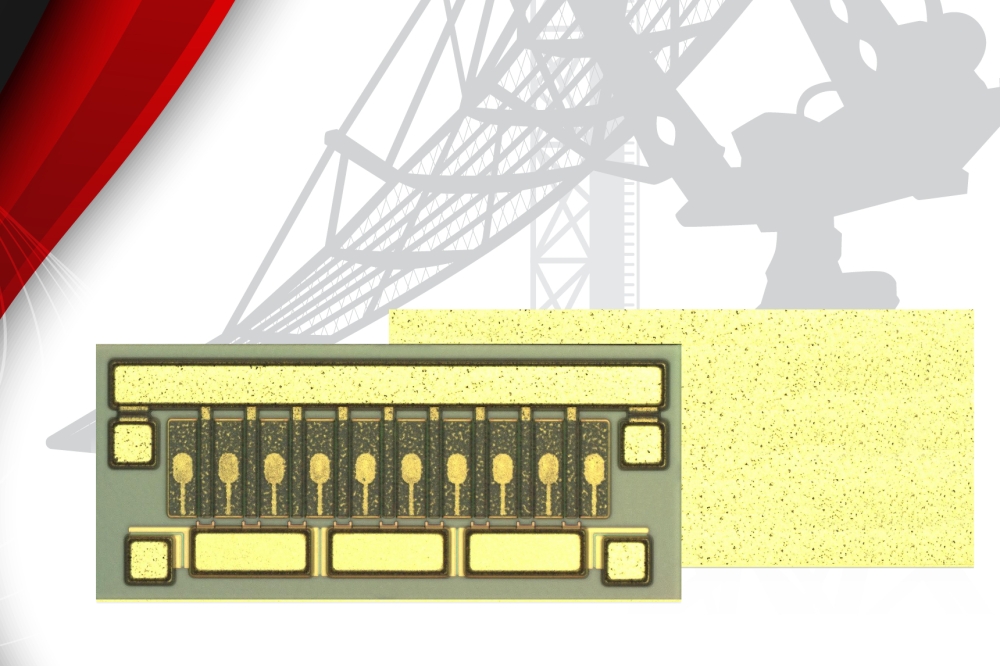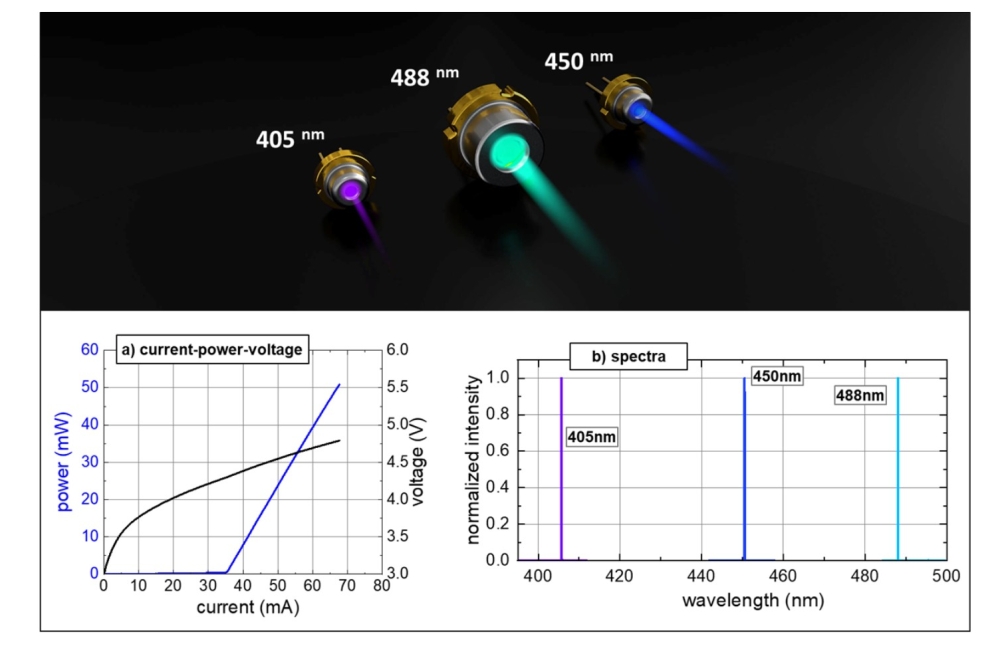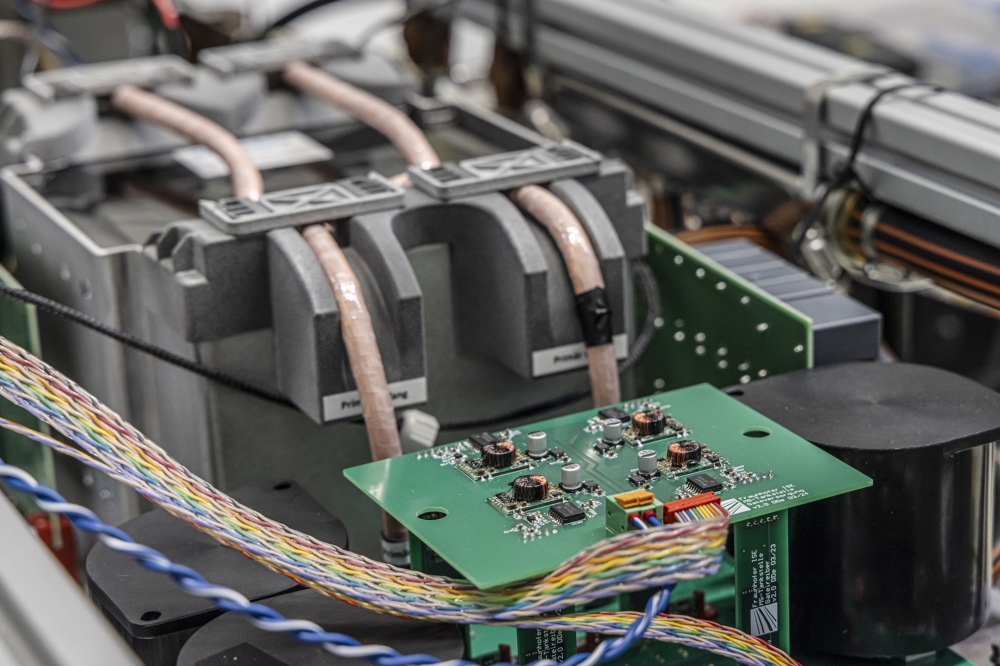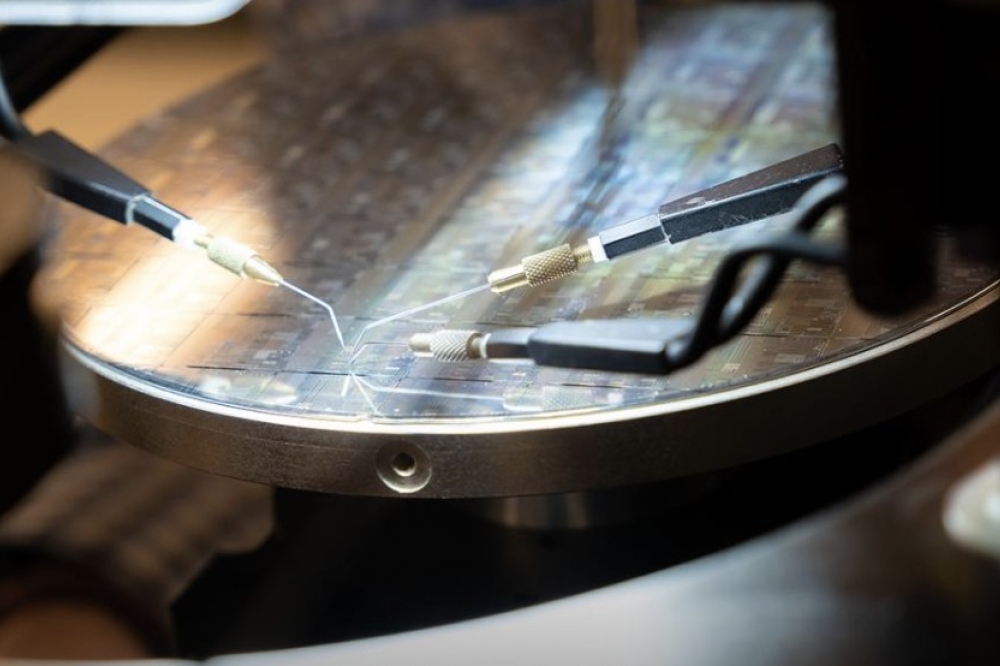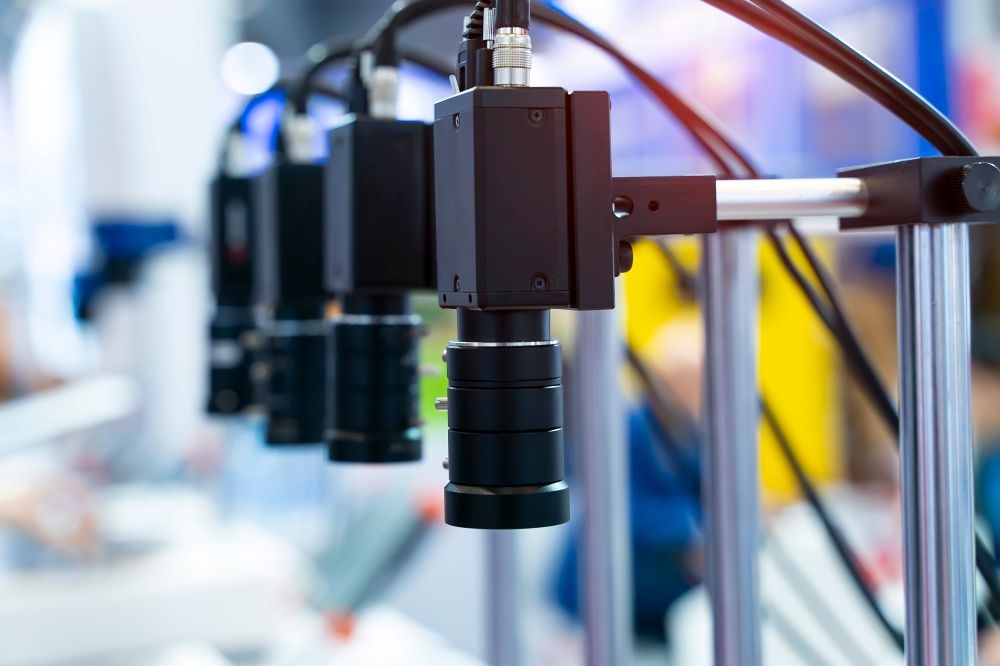Annealed AlN templates aid far-UVC LEDs
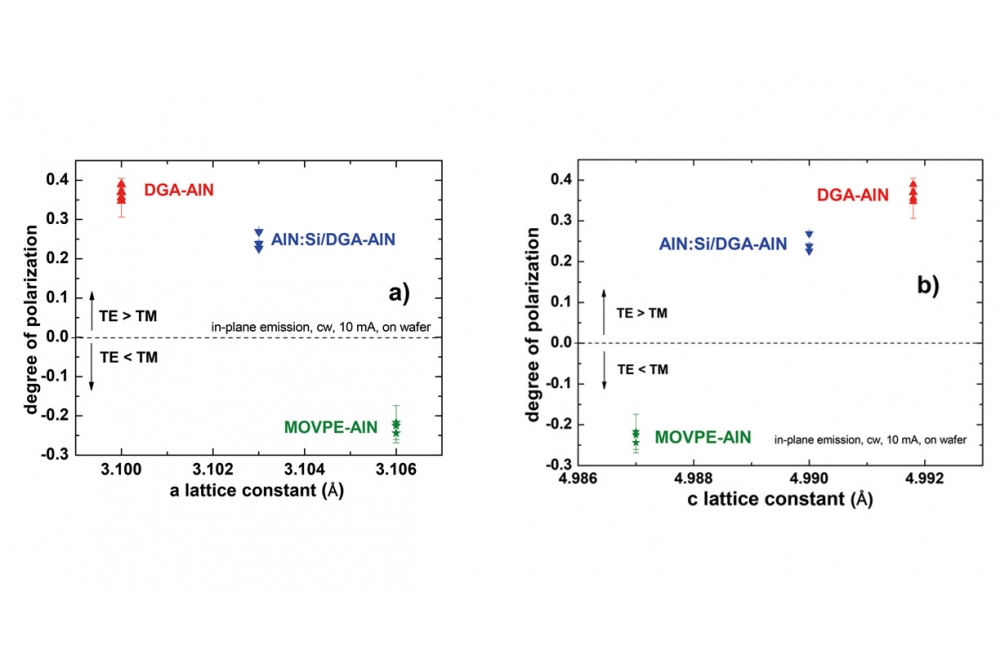
Far-UVC LEDs on annealed AlN templates offer increased output powers, thanks to greater strain in the quantum wells
A formidable obstacle to realising powerful LEDs emitting in the far UVC is the dominance of transverse magnetic polarisation that inhibits efficient light extraction. But this can be overcome with the introduction of compressively strained AlGaN quantum wells on annealed AlN templates, according to recent work by a team from Berlin.
A partnership between researchers at FBH Berlin and the Technical University Berlin have used this approach to produce LEDs that deliver a CW output of several milliwatts at around 230 nm. Such sources provide an attractive alternative to variants emitting in the deep UV for killing germs.
“Far-UV light does not kill the germs better than 265 nm LEDs. The point is that 265 nm is harmful to the eyes and skin, so cannot be used with people being present,” explains Arne Knauer from FBH Berlin. Moving treatment to around 230 nm ensures that light only penetrates the top dead layers of the skin.
The team from Berlin are not the first to exploit the benefit of strain to enhance the extraction efficiency of far-UVC LEDs. But the use of double-annealed AlN templates is innovative. Knauer says that as well as offering a lower dislocation density – it is just a few 108 cm-2 – double-annealed AlN templates provide a far smaller a-lattice constant, which ensures a substantial increase in the strain in the epilayers, leading to greater light extraction.
The challenge for Knauer and his co-workers has been to incorporate this strain without introducing new dislocations that quench light emission. They have succeeded in this endeavour, with the team claiming an increase in output power to a record level for LEDs formed on double-annealed AlN templates. Devices show an increase in both the light extraction efficiency and internal quantum efficiency.
The team’s double-annealed templates were formed by: sputtering a 0.4 µm-thick layer of AlN on 2-inch sapphire substrates; annealing this film at 1720 °C for 3 hours; depositing 1.1 mm of AlN by MOCVD; and annealing the resulting sample at 1720 °C for 5 hours.
Efforts at optimising the double-annealed AlN templates are ongoing, led by Sylvia Hagedorn from FBH Berlin. “The problem is that the process of dislocation reduction is connected with the introduction of oxygen into the AlN,” remarks Knauer. “That creates defects, which absorb the light of the LEDs and emit parasitic luminescence.”
The researchers have compared the performance of far-UV LEDs grown on double-annealed AlN templates with: a variant that combined this with an overgrown layer of 3 µm-thick silicon-doped AlN; and a simpler structure, consisting of just 2 µm-thick AlN grown by MOCVD.
On all three templates, Knauer and co-workers added LED heterostructures featuring a 500 nm-thick AlN buffer, a 875 nm-thick AlGaN n-contact layer, an active region with three Al0.76Ga0.24N quantum wells, and a compositionally graded AlGaN layer capped with heavily p-doped, 30 nm-thick GaN.
Flip chip mountable, bottom-emitting LEDs were fabricated from all three forms of epiwafer, using plasma etching to define mesa structures with a 0.4 mm2emitting area and expose an n-type contact layer. After adding platinum-based p-contacts and vanadium-aluminium-based n-contacts, the team measured on-wafer CW characteristics.
These measurements show that the degree of polarisation – defined as the difference between the intensity in the transverse magnetic and transverse electric orientation, divided by the sum of these two intensities – is most favourable for far-UVC emission in devices with doubled-annealed templates.
This is reflected in the CW output power at 50 mA, which increases from 0.28 mW for the 232-233 nm LED grown on the MOCVD-grown AlN template to 0.44 mW and 0.73 mW for the devices grown on double annealed templates with and without an AlN MOCVD-grown overlayer, respectively.
Knauer says that the team could increase the output power by: replacing the absorbing p-side contacts by reflecting contacts; increasing outcoupling, via the introduction of nano-patterned sapphire; and processing arrays of micropixel LEDs
Pictured above: Double-annealed AlN templates provide the most favourable degree of polarisation in both the a- and c-orientations ((a) and (b), respectively) of far-UVC LEDs.
Reference
A. Knauer et al. Appl. Phys. Lett 122 011102 (2023)

























